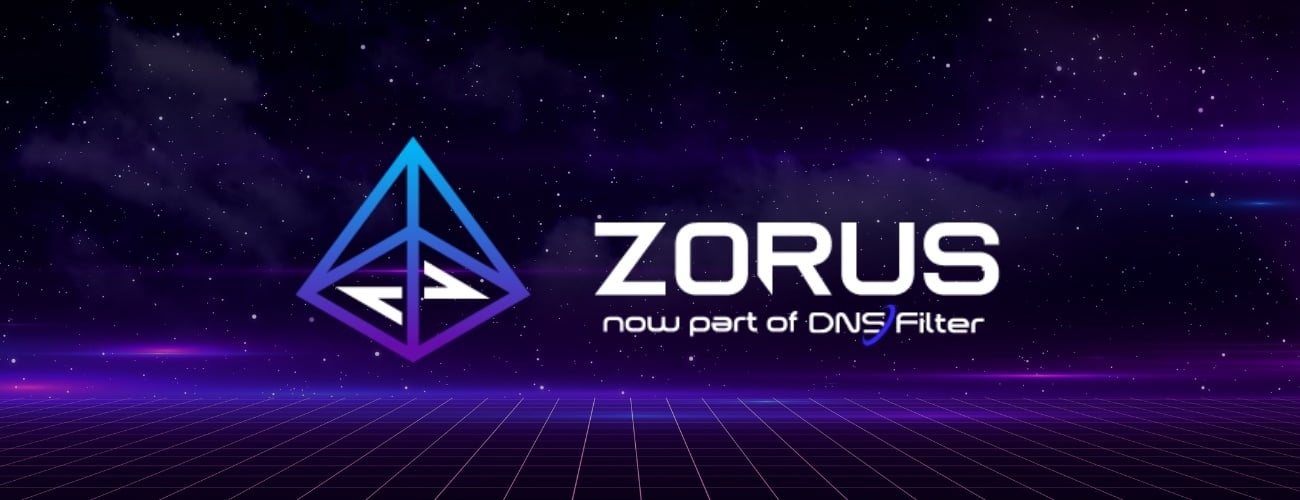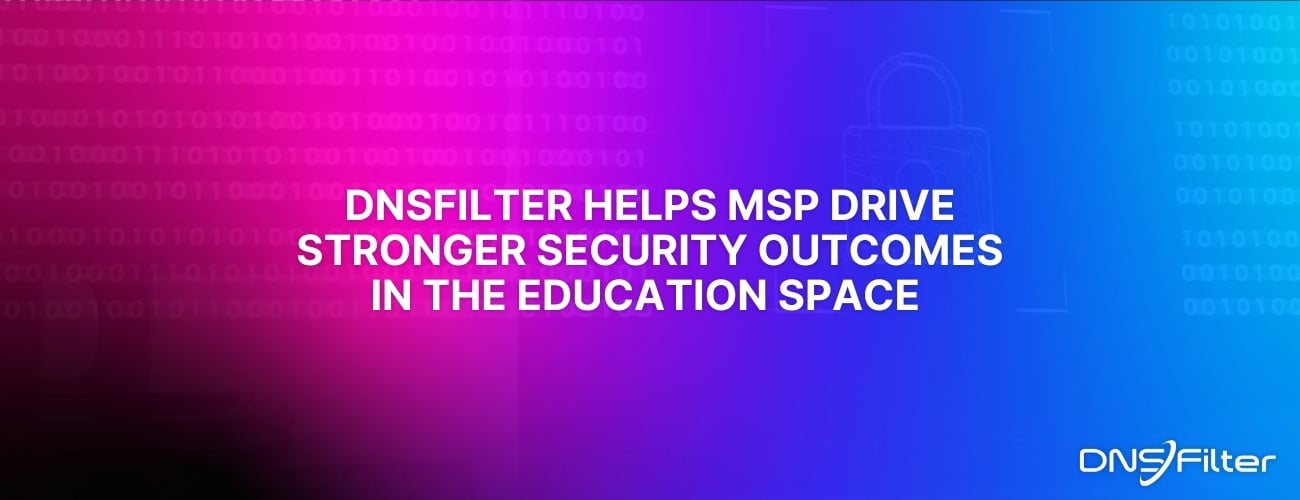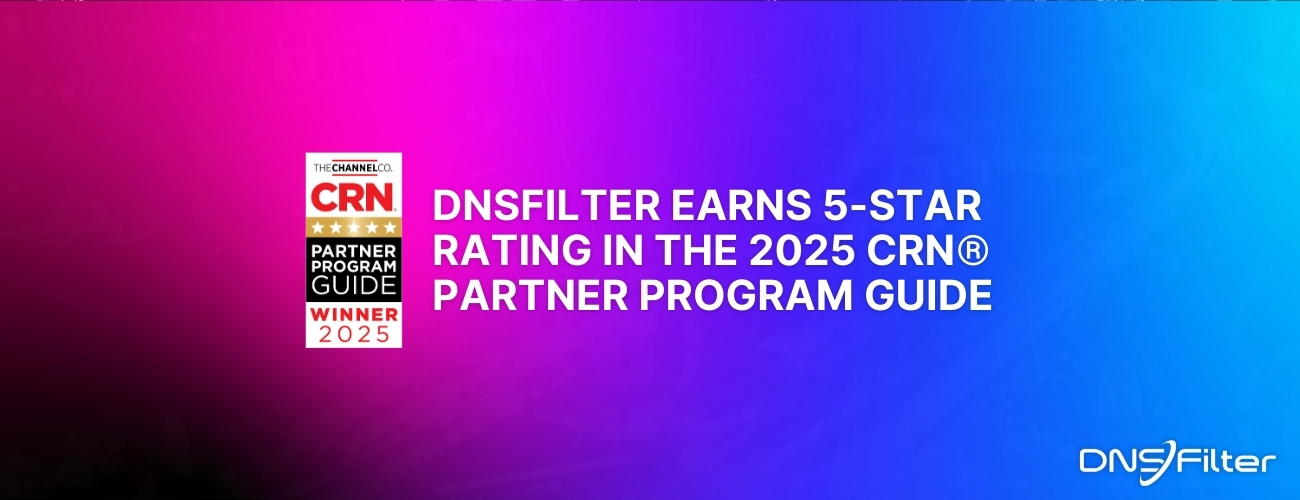Share this
DNSFilter Welcomes Cisco Veteran TK Keanini as CTO
by DNSFilter Team on Jun 6, 2024 9:19:23 AM
Industry leader brings customer focus and passion to cybersecurity startup
WASHINGTON, D.C. – June 6, 2024 – DNSFilter announced today that it has hired TK Keanini as Chief Technology Officer (CTO). In his new role, Keanini will lead product management, customer experience, engineering, and security intelligence toward ongoing innovation and growth, focusing on customer needs and feedback to determine product direction.
Keanini brings to his new role more than 30 years of experience in network security. Prior to joining DNSFilter, he was the Vice President of security architecture and CTO of Cisco Secure. During his time there, he led Cisco’s Encrypted Traffic Analytics security solution, where he saw revolutionary potential in the ability to gain insights through existing network telemetry. He has also held leadership roles at security startups Lancope and nCircle Network Security, as well as at Morgan Stanley Dean Witter Online.
Keanini is driven by a goal to do right by his customers and ensure their voice is present in product decisions. He brings this passion to DNSFilter, where he will build on the company’s commitment to customer experience in everything it does.
TK Keanini, CTO, DNSFilter, said: “Cybersecurity companies that grow and succeed long-term have a few consistent properties. First, these solutions have an inherently simple design. Second, the layer protected is one critical (not optional) to both businesses and adversaries alike. And third, these solutions intercept as early in the lifecycle as possible, often the first to detect and respond to a threat. DNSFilter has all three of these properties, and I knew I wanted to join a company where I saw the potential for scale and success.”
Ken Carnesi, CEO and co-founder, DNSFilter, said: ‘We are thrilled to welcome TK to our team. A great CTO bridges the gap between technical innovation and business strategy, ensuring technology drives success. TK brings decades of experience and a passion for his work. He views engineers and developers as creative artists and aims to harness their inventiveness to go beyond the industry standard. With TK on board, we are enhancing our focus on security and driving innovation. Together, we will deliver features that excite our customers and strengthen our position as a key player within the cybersecurity landscape.”
About the company:
DNSFilter is redefining how organizations secure their largest threat vector: the Internet itself. DNSFilter is making the internet safer and workplaces more productive, by actively blocking an average of 12M threat queries every single day. With 79% of attacks using Domain Name System (DNS), DNSFilter provides the world’s fastest protective DNS powered by machine learning that uniquely identifies 61% more threats than competitors on an average of ten days earlier, including zero-day attacks.
Over 35 million monthly users trust DNSFilter to protect them from phishing, malware, and advanced cyber threats. DNSFilter’s brands include Webshrinker, its next generation web categorization software, and Guardian, a consumer app focused on privacy protection.
Media Contact
Shannon Van Every
Force4 Technology Communications
Shannon@force4.co
Share this
Categories
 DNSFilter Expands Capabilities with Strategic Acquisition of Zorus
DNSFilter Expands Capabilities with Strategic Acquisition of Zorus
Delivering Improved End User Protection, Increased Resiliency, and a Deeper Commitment to MSP Partners
 DNSFilter Helps MSP Drive Stronger Security Outcomes in the Education Space
DNSFilter Helps MSP Drive Stronger Security Outcomes in the Education Space
Long-time DNSFilter customer sees content filtering as foundational to security offering
 DNSFilter Earns 5-Star Rating in the 2025 CRN® Partner Program Guide
DNSFilter Earns 5-Star Rating in the 2025 CRN® Partner Program Guide
DNSFilterEarns 5-Star Rating in the 2025 CRN® Partner Program Guide


